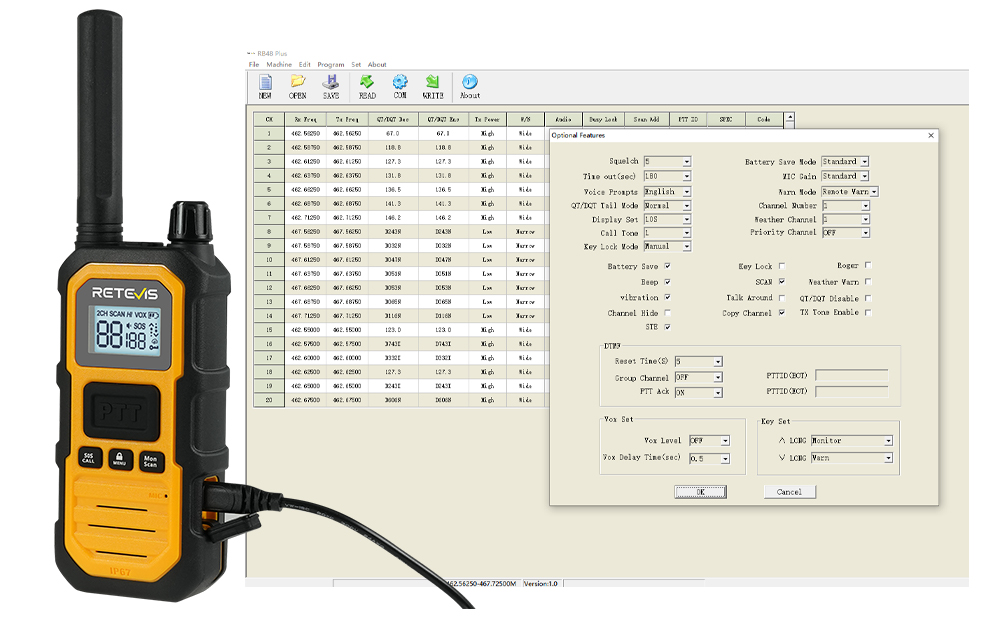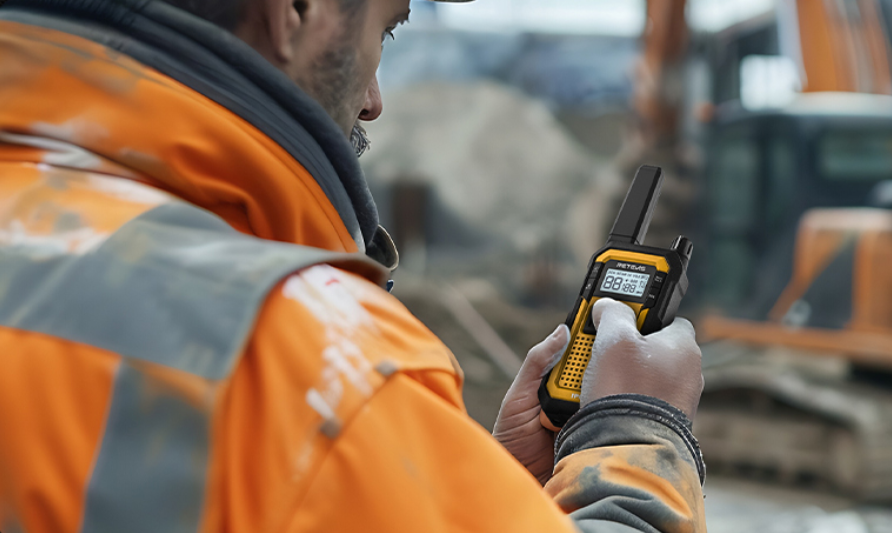RB48 Plus Walkie Talkie:Group Call Easy Setup
- Posted by:Ivana
- 0 Comments
Have you ever had trouble hearing people at work? On a noisy construction site, you shout, but no one pays attention. On a large farm, you have to walk a long way to get a message across. Retevi...






